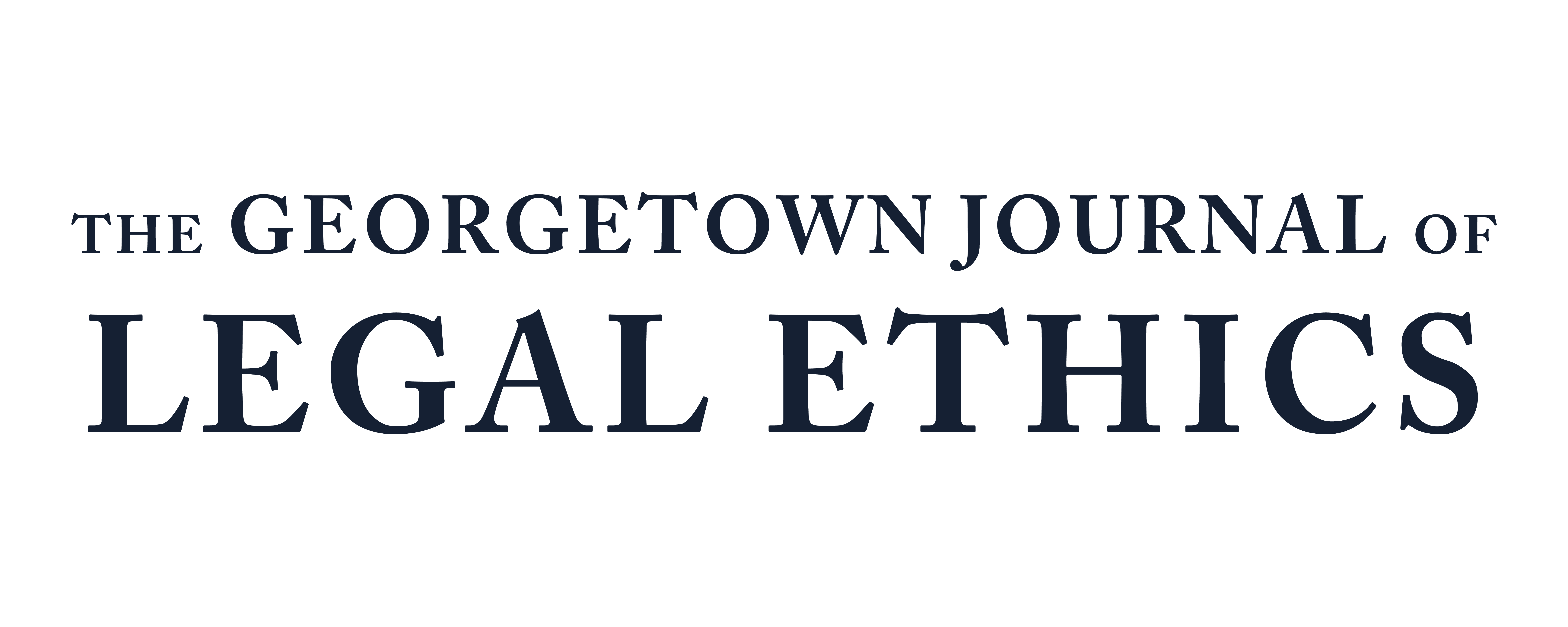The EU Volunteered to Lead the Vanguard in the Fight Against Climate Change, but Will the WTO Let It?
As the Earth rapidly approaches a tipping point in the fight against climate change, governments are scrambling to create cost-effective and efficient climate-change-fighting policies that may be implemented without violating World Trade Organization (“WTO”) obligations. Of all the governing bodies in the world, the European Union (“EU”) has created the most cost-effective and efficient climate-change-fighting policy, thus volunteering to stand in the vanguard and lead the way forward in the fight against climate change: the EU’s Emissions Trading System (“ETS”) as its shield and its Carbon Border Adjustment Mechanism (“CBAM”) as its sword.
The ETS has long been the EU’s shield to guard the environment against the EU’s own climate change contributing activities—namely carbon emissions. The ETS accomplishes this by requiring that domestic producers include the cost the environment incurs from their carbon emissions into the final price of their product. The success of the EU’s ETS as a shield has been criticized by environmentalists for not being expansive enough—not eliminating the EU’s climate change contributions—nor having an “offensive” capacity to reduce climate change contributions from other States. In response to these criticisms and the looming threat of climate change, the EU forged its CBAM to act as its sword. If implemented, the CBAM will require foreign importers to also include the cost the environment incurs from their carbon emissions into the final price of their product. In this manner, the CBAM acts as a sword to slash carbon emissions originating from within and outside the EU. Despite the CBAM’s promising climate-change-fighting capabilities coupled with the urgency and threat of climate change, the CBAM may be knocked out of the fight by the World Trade Organization before it can demonstrate its merit.
The WTO may side with CBAM critics that argue the European Union’s CBAM is merely a protectionist ruse to disguise a tax that discriminates in favor of domestic producers, favoring imports from certain countries over others. If critics are correct, the CBAM is a clear violation of the most favored nation clause under Article I of the General Agreement on Tariffs and Trade (“GATT”). Yet, this Note argues that the CBAM will remain in the fight against climate change because the CBAM is a charge equivalent to an internal tax imposed on like domestic products in accordance Article II.2 and Article III.2 of the GATT. Even if the CBAM is inconsistent with any substantive GATT provision, such inconsistency is permissible under Article XX of the GATT.
This Note also considers the role legal ethics may play in the fight against climate change. Because of the existential threat climate change poses to the lives and wellbeing of all life on this planet, can and should legal ethics play a role in ensuring carbon price measures like CBAM are successfully implemented? While this Note finds that legal ethics should not play a role, such a possibility may arise as climate change’s harmful effects become ever more visceral.
Ultimately, whether States are prepared for the fight against climate change or not, the fight is here, and the threat is existential. Because of the real dangers of climate change, the WTO should interpret the GATT broadly to find that the CBAM is in accordance with the substantive provisions of the GATT or that the CBAM is permissible under the Article XX exception(s). States must also carefully craft policies to combat climate change to prevent the need for legal ethics to play a role in implementing such policy measures. The CBAM is the first of its kind, and its success or failure will influence other States that are considering implementing a CBAM or a similar program.
Section I of this Note provides the legislative history of the EU’s climate change policy from 1992 to 2021 and the economic policy arguments that support a CBAM. Section II argues that the CBAM is consistent with Article II.2 and III.2 of the GATT. Section III considers that even if the CBAM is not in accordance with the GATT, the CBAM may still survive under Article XX of the GATT. Section IV discusses what role legal ethics may play in the enforcement of carbon price measures.
Subscribe to GJLE

